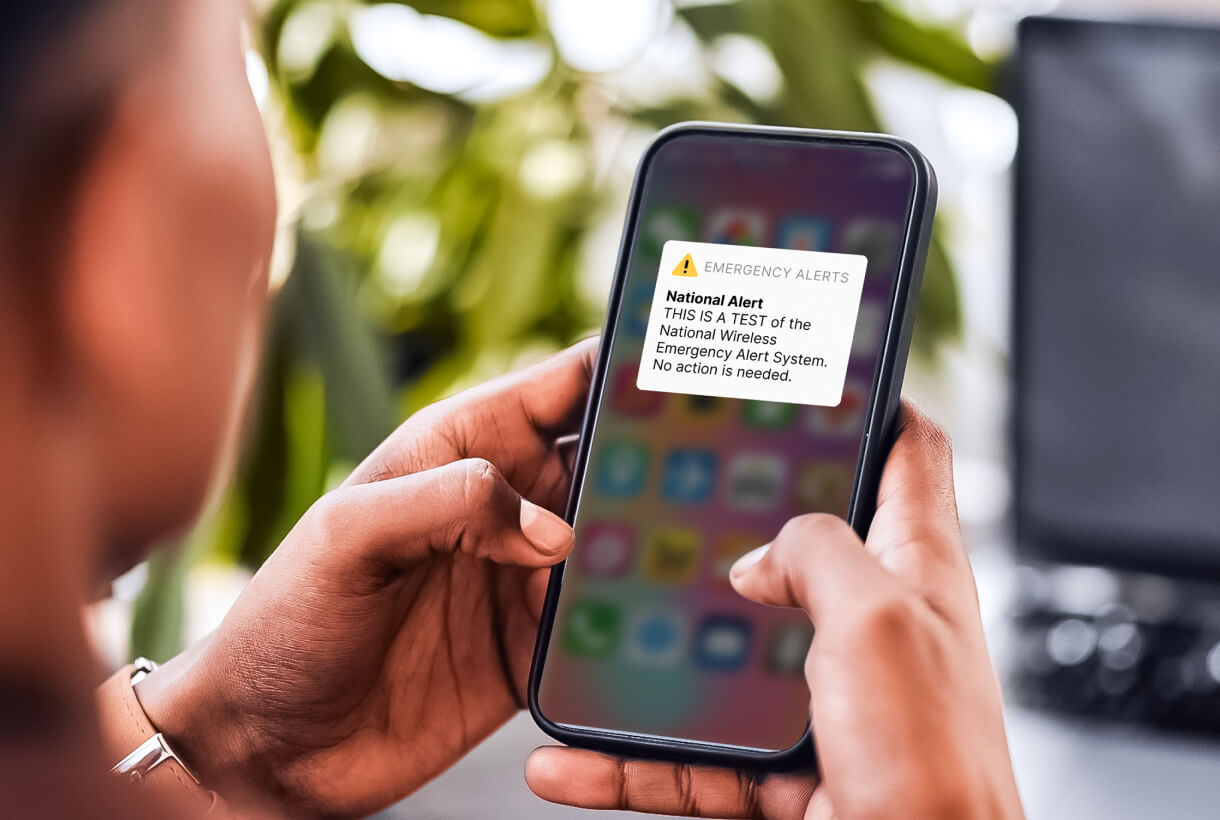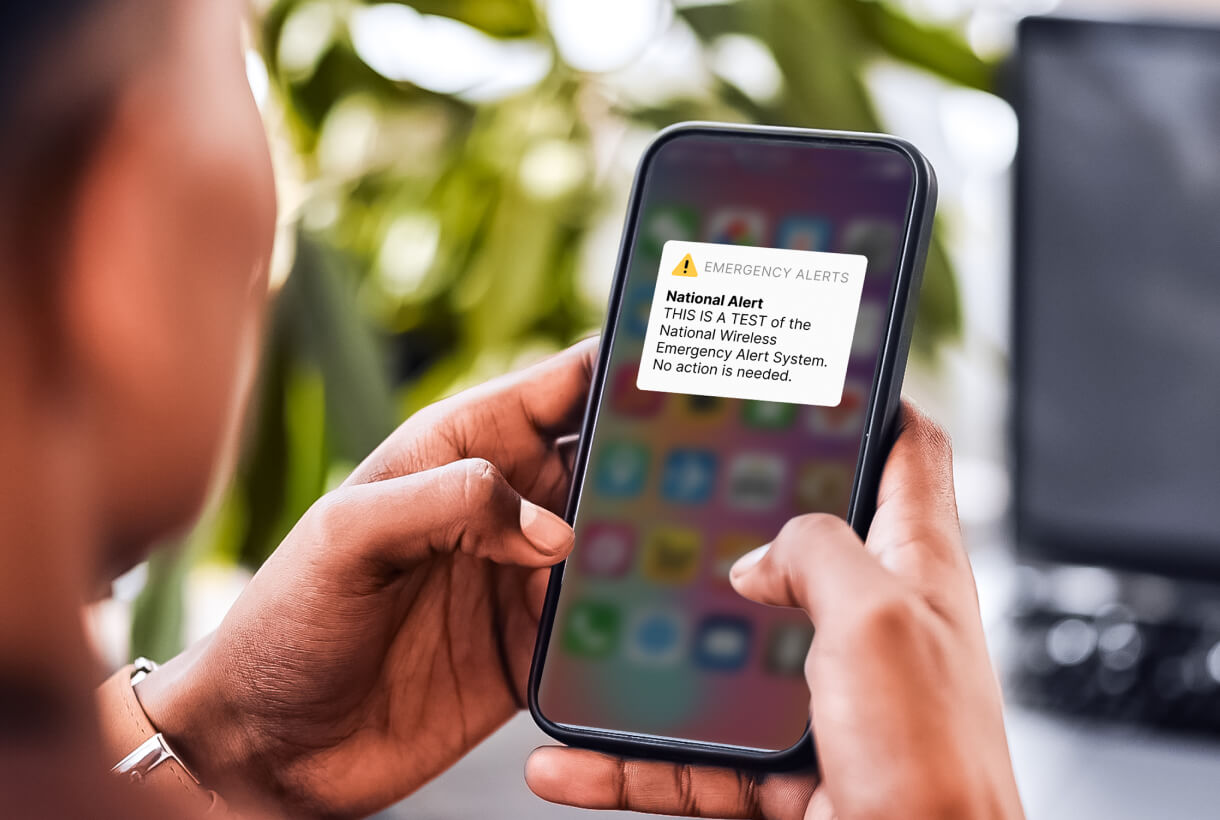Guest author Eddie Bertola, Founder of Bertola Advisory Services, shares his expertise on emergency alerting strategies and best practices for overcoming common fears associated with using this life-saving technology.
(This is Part 2 of a two-part blog—Read Part 1)
A few weeks ago, I authored a blog that looked at some of the reasons behind the fear and paralysis I’ve seen (and continue to see) when it comes to sending emergency alerts, especially IPAWS. This week, I’d like to dig deeper and talk about the importance of education – and how it truly is the key to empowerment.
Although they don’t like to admit it, people are often intimidated by technology. System users need a way to overcome their hesitancy. This is where the link between education and empowerment is clear. Officials who take the time to build a knowledge base and implement regular training consistently handle emergency situations more efficiently and with better results.
When I teach clients how to use IPAWS and other emergency alerting systems, I emphasize the importance of practice. Whether you’re clearing a building, searching a suspect or administering an IV in a moving vehicle, the muscle memory needs to be there. Technology is no different. The eye and the hand need to be familiar with where to look on the screen, the meaning of the various icons and the series of clicks involved in generating, responding and following up on the alert.
To accomplish that, you have to take full advantage of the testing environment. Although public safety is a very active field, there is downtime. It’s important to use those intervals between emergencies to practice in the system’s test track. When the next emergency is imminent, there’s no time for further preparations – you have to use what you know to the best of your ability. Only realistic drills and training can build the familiarity necessary to successfully use the system under stress.
In Control: A Guide to Navigating Emergency Alerting With Authority and Precision
Use this first-of-its-kind guide to stop hesitating and use IPAWS to send life-saving alerts with confidence.
Non-Emergency Use Improves Accuracy
I can’t emphasize enough that critical events aren’t the only use for a mass notification system. Routine alerts are another way to practice. The right mass notification system can serve a variety of regular public safety functions such as road closures, brown-out warnings and boil water notices. These day-to-day applications give users the opportunity to understand all the features and functionality of the alerting technology without the stress of a crisis.
Surprisingly, some offices may not even be taking advantage of all the functions their current system provides. For example, I’ve encountered officials who gave up on their emergency alerting system because they wanted to send internal group messages. Yet it turns out their system enabled internal group messaging all along — they just didn’t know it. Once again, education is key, so the system is used to its full potential.
Learning Is Ongoing for Everyone
Education has to start at the top. If our emergency managers and law enforcement officials aren't confident and competent in the systems, it's hard to expect the public to be either. Plus, the technology is always evolving, so learning is a constant endeavor.
To encourage that, users need to see tangible benefits. It’s not just another app taking up space on their phones – it’s a real means of delivering vital information to citizens. These citizens aren’t statistics. They’re your neighbors, your co-workers, your friends and your family. It’s important to see the faces. Alerting is about community. It’s simple, and it saves lives.
I had a case involving a six-year-old autistic and non-verbal child who went missing on a night of unseasonably cold temperatures. The emergency officials involved were familiar with IPAWS and acted promptly to review best practices, determine an accurate search grid and create a corresponding alert audience. As a result of receiving the timely alert, local citizens searched their property, and the child was found alive and rescued. When alerting officials read about an experience like this, the value of the system becomes real — even more so when they experience it firsthand.
The good news is, as officials and local leaders see peer success, they become more open. Conversely, if they’ve had a crisis with an undesirable outcome, they’re likely feeling pressure to adapt and improve. Once again, it’s about showcasing the benefits — how the technology can improve public safety.
Getting Back to Basics Is Essential
Education should cover all aspects of alerting, from trigger circumstances to content construction to audience and timing metrics. It takes training, practice and experience to create and send an effective alert during an emergency. If you’re feeling overwhelmed by the prospect, you’re not alone. Remember the old axiom about eating an elephant – one bite at a time. In a complicated situation, effective communication is about breaking down the information into essential and manageable bites.
To utilize IPAWS and other emergency alerting systems more effectively, go back to the basics and focus on who, what, when, where and how:
- Who has the authority to initiate an alert? Who are the recipients?
- What is the content you want to send? What action do you want your recipients to take?
- When do you use the alerting system (your trigger circumstances)?
- Where will the alert reach (the geo-targeting)?
- How will it go out – do you know the difference between IPAWS delivery methods?
These questions aren’t an exhaustive list. As my colleagues and I often say, IPAWS and emergency alerting education could fill many college semesters. But as long as you’re learning, you’re on the right path toward greater understanding of lifesaving alerting technology.
For a deeper dive into the content of this 2-part blog series, I invite you to watch the on-demand webinar: Confidence Through Competence™: How to Shift Your Mindset and Use IPAWS with Authority.



